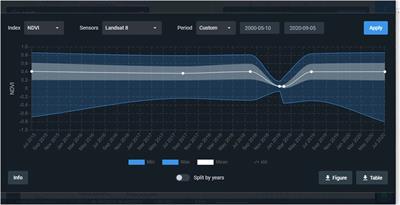EDITORIAL
Published on 24 Jan 2023
Editorial: Advanced numerical and spatial analysis of forest and environmental management
doi 10.3389/fenvs.2023.1105567
- 884 views
- 1 citation
5,823
Total downloads
41k
Total views and downloads
EDITORIAL
Published on 24 Jan 2023
ORIGINAL RESEARCH
Published on 12 Oct 2022
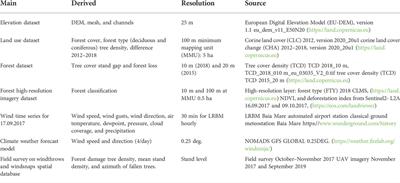
ORIGINAL RESEARCH
Published on 08 Aug 2022

ORIGINAL RESEARCH
Published on 01 Jun 2022
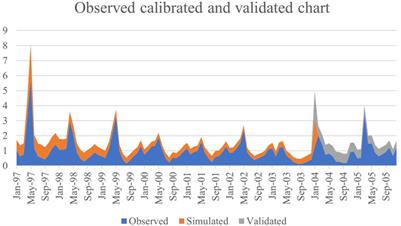
ORIGINAL RESEARCH
Published on 25 May 2022

ORIGINAL RESEARCH
Published on 25 May 2022
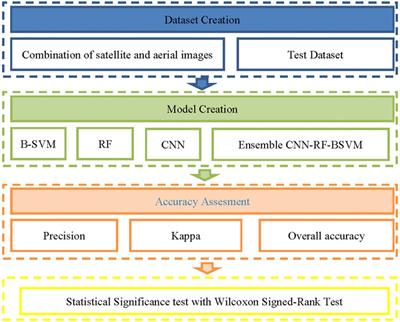
ORIGINAL RESEARCH
Published on 14 Apr 2022
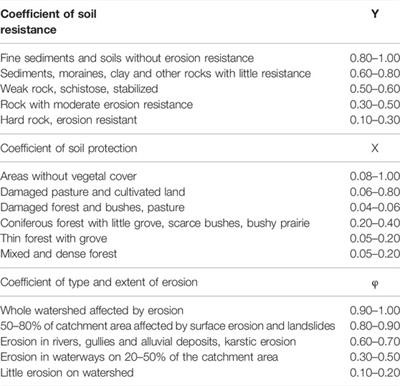
ORIGINAL RESEARCH
Published on 14 Apr 2022
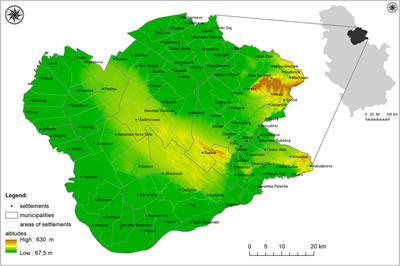
ORIGINAL RESEARCH
Published on 10 Mar 2022
